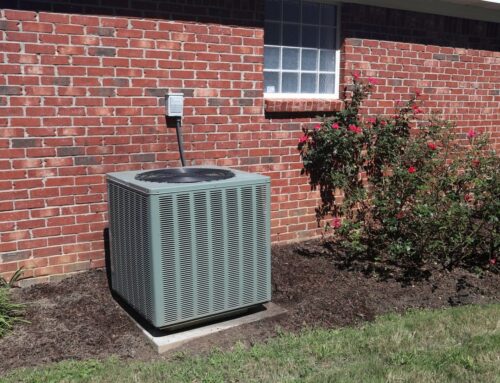
We have been spending some time on talking about things that could be the reason that your furnace is having trouble working correctly. Today we are going to take a look at your pilot light! How do you know if you have a faulty pilot light in your furnace? What steps can you take to correct a faulty pilot light before you call us? How do you know if it’s more than a faulty pilot light? These are all great questions that we find ourselves answering all the time! So we were excited when we came across this article that was originally published at homeguides.sfgate.com.
How to Know Your HVAC Ignitor Has Gone Bad
Newer HVAC systems use an ignitor rather than a pilot-light system to engage the furnace to heat the home. The electronic ignitor slowly begins to glow until it is hot enough to light the gas and start the furnace burners. When the furnace is equipped with an electronic ignitor, you cannot light it manually. For the average homeowner, a certified HVAC technician must replace an ignitor that is not working. To save the cost of a service call, try resetting the ignitor first.
Easy Method
- Locate the electric service panel for your home. Open the service panel door and look for the circuit labeled “furnace.” Current building codes require that a furnace be on a separate circuit. Shut off the circuit breaker. If you cannot find the circuit breaker for the furnace, shut off the switch labeled “main.”
- Review your furnace manual or download a manual for your HVAC unit from the Internet. Look for the ignitor switch reset button, typically inside the burner box in the furnace.
- Remove the burner door from your furnace. Depending on the type of furnace you have, you may need to slide the burner door to the right to detach it, remove a screw that holds the door in place or turn a handle.
- Move the ignitor switch to the “off” position. Wait at least five minutes before turning it back on.
- Turn the circuit or main power switch on the electrical panel back to the “on” position.
- Set the thermostat to “heat.” Adjust the thermostat above the room temperature to turn on the furnace. Once the heater comes on, check the vent for heat. If no heat is present, retry the process. If, after several attempts at resetting the ignitor and still no heat comes from the furnace, shut down the furnace and call a certified HVAC technician to replace the ignitor.
Volt Meter Method
- Shut off the power to the circuit for the furnace at the breaker box. Open the furnace and locate the ignitor following the instructions from the furnace’s manual.
- Remove the plug at the end of the ignitor.
- Attach the leads from the volt meter to the ignitor plug.
- Turn the circuit and furnace back on and readjust the thermostat so that it sends the message to turn on the heat.
- Let the furnace run until the inductor motor comes on. The volt meter should read 120 volts for a few seconds if the ignitor is functional. If there is no reading and the system is not a 24-volt system, you need to replace the ignitor.
Things You Will Need
- Furnace manual
- Flashlight
- Screwdriver
Tips
For a furnace equipped with a pilot light, you need to restart the pilot to engage the furnace. Follow the manufacturer’s instructions for resetting the pilot light on your furnace. Typically, you must shut off the pilot light gas for five minutes before attempting to relight the pilot.
Check that the air filters in the cold air return are clean and functional before calling the technician. Replace filters or wash them if they are washable. The most common cause for a furnace not working is that the filters are dirty.
Verify the furnace is set to “on” and the floor or wall vents are open.
Examine the ignitor for burn spots or discoloration on the ceramic part of the element.
Double-check the furnace door to ensure it is engaged properly. When the furnace door is not closed fully, the furnace fans may still come on, but the heat won’t.
Warnings
Never attempt to manually light a furnace powered by an electronic ignitor. Attempting to do so is dangerous and can lead to injury. Call a certified HVAC professional for assistance.
Only those with experience using a volt meter and working with electricity should try that method.
If you have tried these tips to figure out if you have a faulty pilot light and found that these have not helped then it may be time to contact us! The problem may not even be a faulty pilot light. With the multitudes of problems that can arise, a faulty pilot light is only one. So, contact us today if you suspect this or some other problem with your furnace!
Save More, Stay Informed!
Sign up for our newsletter and be the first to receive:
✅ Exclusive Sales & Rebates on Mitsubishi Heat Pumps.
✅ Industry News and Expert HVAC Tips.
✅ Updates That Help You Save Energy and Money.





